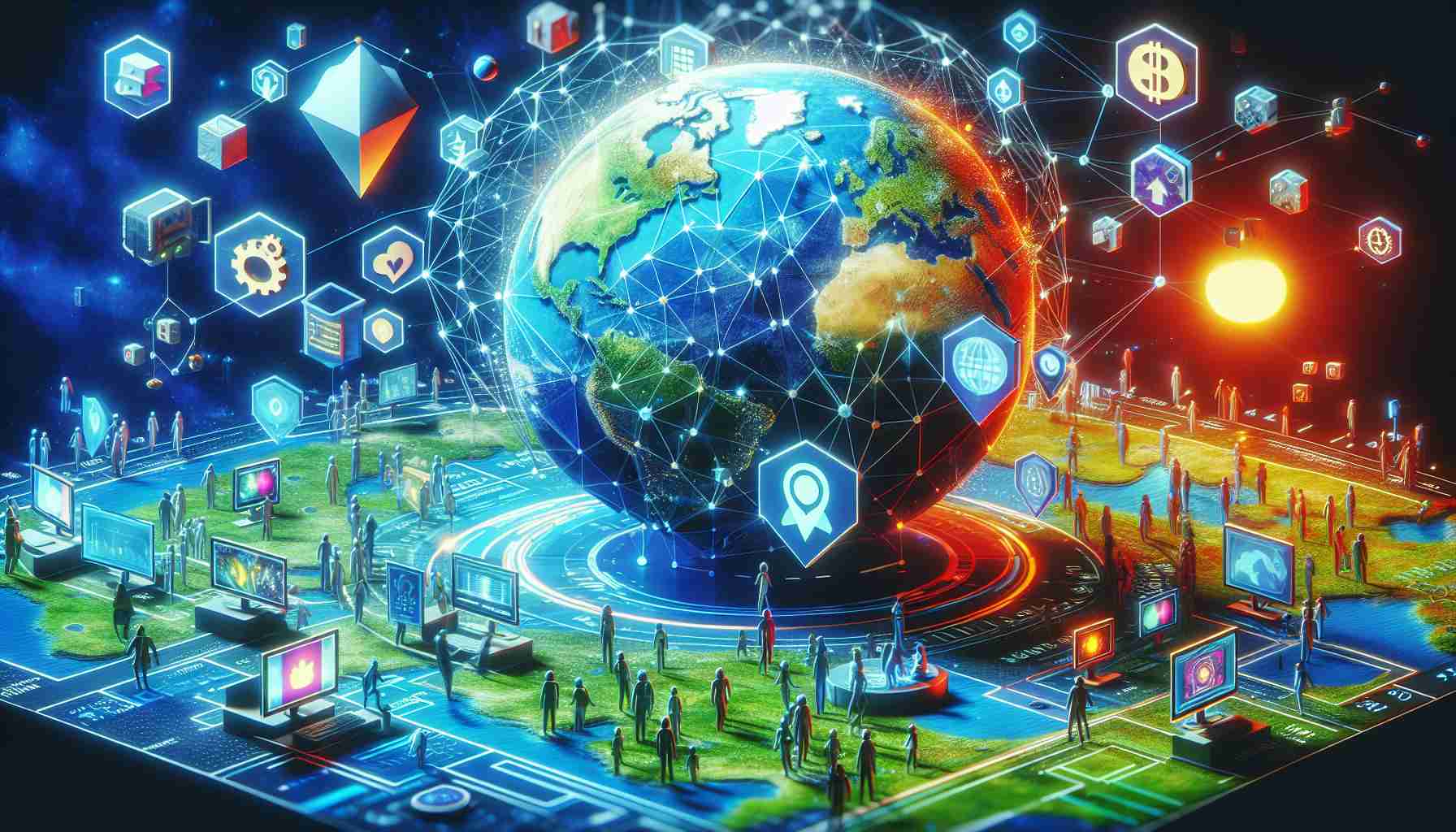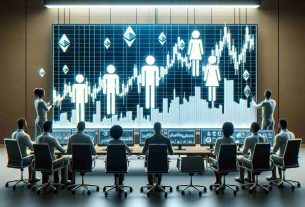The gaming industry is witnessing a revolutionary change with the incorporation of blockchain technology. Game developers are now rewarding players with cryptocurrency, shifting the traditional gaming model to the more advanced “play-to-earn crypto” approach. Zynga’s latest offering – a Web3 game currently in beta testing – exemplifies this change, proposing to reward players with crypto tokens for their in-game achievements.
Web3 games operate on decentralized blockchain networks, allowing for direct peer-to-peer interactions. These games offer crypto tokens as incentives, which can be traded or sold on various online marketplaces. This novel concept not only provides entertainment but also offers a potential source of income for players, marking a significant step away from the usual recreational purposes of gaming.
The “play-to-earn crypto” model benefits players by monetizing the time and effort they invest in games. For instance, with Zynga’s new Web3 game, playing could translate to earning tangible cryptocurrency rewards. However, performing due diligence is paramount, given the high volatility of the crypto market and the risks of security breaches and scams.
Blockchain’s birth in gaming is set to democratize play, affording gamers more control over their earning capacity and creating a symbiotic relationship between gaming and financial gain. As with any innovative trend, these developments promise to permanently alter the gaming landscape, inspiring players to engage with an eye toward both enjoyment and earning potential—responsibly navigating the novel terrain of crypto gaming.
Important Questions:
1. What is Web3 gaming and how does it differ from traditional gaming?
2. What challenges do Web3 gaming and the “play-to-earn” model present?
3. What are the potential risks to players and investors in Web3 games?
4. How does blockchain technology enhance the gaming experience?
5. What are the economic implications of the “play-to-earn” model for the gaming industry?
Answers:
1. Web3 gaming is a new type of gaming ecosystem that integrates blockchain technology, allowing for decentralized asset ownership and the use of cryptocurrencies within game economies. It differs from traditional gaming mainly by enabling players to earn real-world value through in-game activities and by providing them with more control over in-game assets.
2. Challenges include ensuring fair gameplay, managing the volatility of cryptocurrency assets, addressing regulatory concerns, and scaling blockchain technology to handle a large number of transactions.
3. Potential risks to players and investors involve the high volatility in the value of in-game cryptocurrency rewards, the risk of security breaches or scams, possible regulatory changes, and the uncertainty regarding the long-term sustainability of the games’ economies.
4. Blockchain technology can enhance the gaming experience by enabling secure and transparent transactions, true digital ownership of in-game assets, and by creating new game dynamics such as verifiable scarcity of items and interoperability between games.
5. The economic implications for the gaming industry include new revenue models, potential disruption to traditional gaming business models, the creation of new marketplaces for digital assets, and the need for new infrastructure to support these economies.
Key Challenges and Controversies:
– Scalability: Blockchain networks must be able to handle a high volume of transactions to support large multiplayer games, which is a significant technical challenge.
– Regulation: There is uncertainty about how different jurisdictions will regulate digital assets and play-to-earn models, potentially affecting the viability of Web3 games.
– Market Volatility: The value of cryptocurrencies and digital assets in Web3 games can be highly unpredictable, presenting financial risks to players.
– Environmental Concerns: Blockchain technologies, particularly those that rely on proof-of-work, can have significant energy requirements and environmental impacts.
Advantages:
– Decentralization: Players have more control over their in-game assets, which can be transferred or sold outside of the game.
– Monetization: Players can potentially earn income through their gameplay, turning their time and skill into financial rewards.
– Innovation: New gaming experiences and business models are possible with the integration of blockchain tech.
Disadvantages:
– Complexity: The intersection of gaming with cryptocurrency adds complexity for users not familiar with blockchain technology.
– Risks: Players face the risk of financial loss due to scams, hacking, or market volatility of digital assets.
– Accessibility: Entry barriers may be raised if players require cryptocurrency to participate or need to understand blockchain to fully engage with the game.
For more information on Web3 and blockchain, you can visit the respective maindomains:
– Bitcoin
– Ethereum
Please note that the above links direct towards the foundational blockchain platforms that underpin much of Web3 gaming.



